#integration
Chapters and interviews tagged with ‘#integration’
Related Book Chapters & Interviews
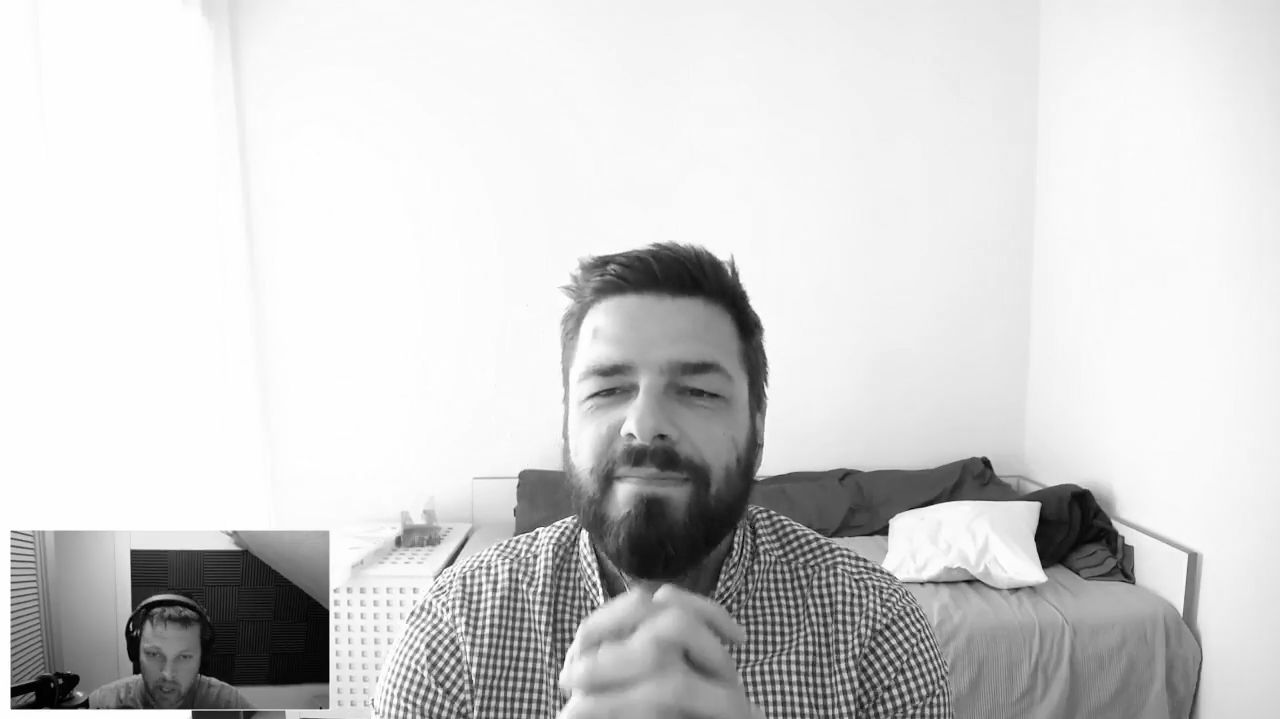 Interview № 23 of 24
Mathias Meyer
Interview № 23 of 24
Mathias Meyer
Mathias is one of the original founders of Travis CI. In this episode, we talk about the difficulty of leaving the company he helped start, and the challenges of moving on.
In the coming years, you’ll face decisions to either pay for a tool that isn’t a perfect fit, or build your own. It’s imperative to recognize that building anything that isn’t a core part of your business will become more of a distraction than a strength.
No app is an island. Integrations will become a central piece of your development strategy, but it’s difficult to build them all. At first, it’s best to focus on only a few key integrations, and spend the majority of your integration time building an API and webhooks.
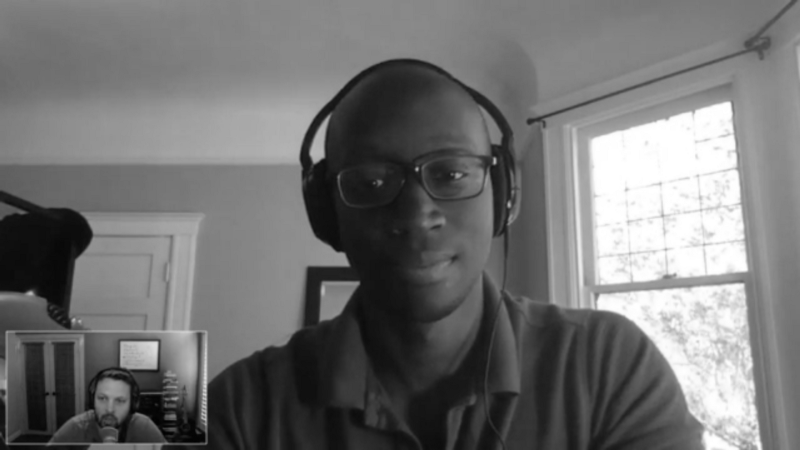 Interview № 12 of 24
Courtland Allen
Interview № 12 of 24
Courtland Allen
Courtland’s story is great because he’s been on a bit of the roller coaster, and now he’s starting fresh with Indie Hackers. He’s interviewing other founders of businesses of all sizes and helping to shed light on what’s possible for small independent software-based businesses. At the same time, the stories are also grounded in realistic stories of slow growth and hard work instead of just focusing on those businesses that hit the jackpot. Courtland’s past experience combined with his discussions with other founders has given him some great perspective and insight on what works and doesn’t work for small software businesses.
 Interview № 7 of 24
Natalie Nagele
Interview № 7 of 24
Natalie Nagele
Natalie and I talk about bootstrapping, learning that marketing is a necessary part of growing a software company, and the transitions that led Wildbit to be a family-focused company. We touched on the benefits and challenges of running a multi-product company, the inspiration for the various products, and the difficulties of hanging in there as a business gets older and the responsibilities grow and change.
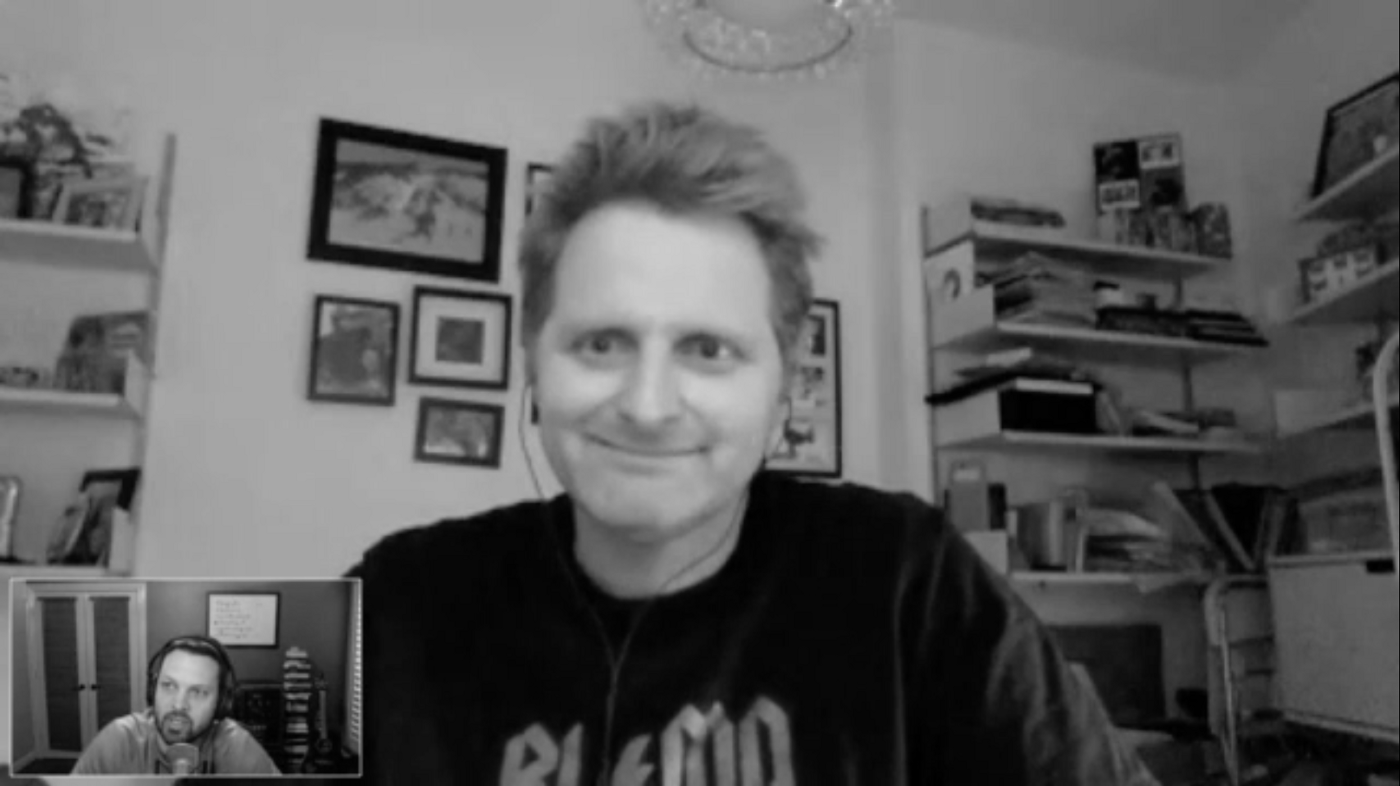 Interview № 4 of 24
Peldi
Interview № 4 of 24
Peldi
Peldi and I talk about moving from California to Italy to lower his cost of living to start a company, juggling different delivery formats for software (and the associated payments challenges), giving amazing support, and bending over backwards to help customers. While he originally didn’t want to grow the business beyond himself, Balsamiq is now a team of 23 people based all around the world.
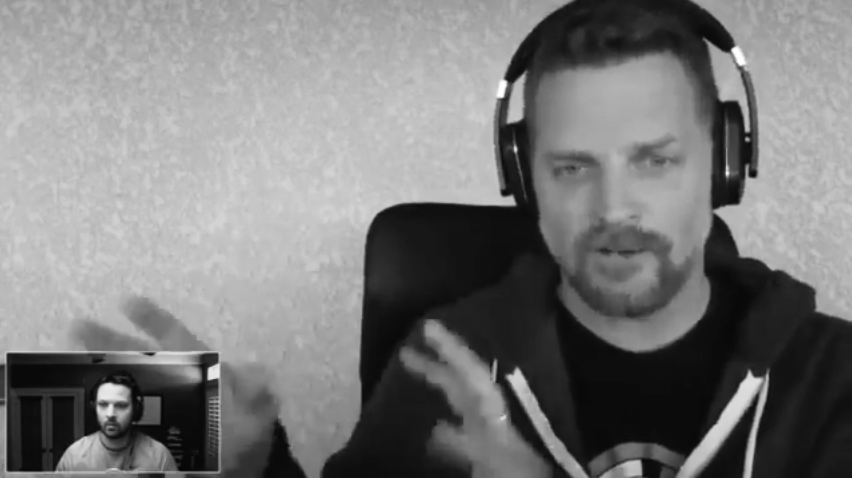 Interview № 2 of 24
Anthony Eden
Interview № 2 of 24
Anthony Eden
Anthony built dnsimple on the side and didn’t come on board full-time until after there were two other full-time employees. We discussed some of the advantages and disadvantages of running a complex infrastructure product, marketing a complicated business with comics, and fighting domain fraud through it all.
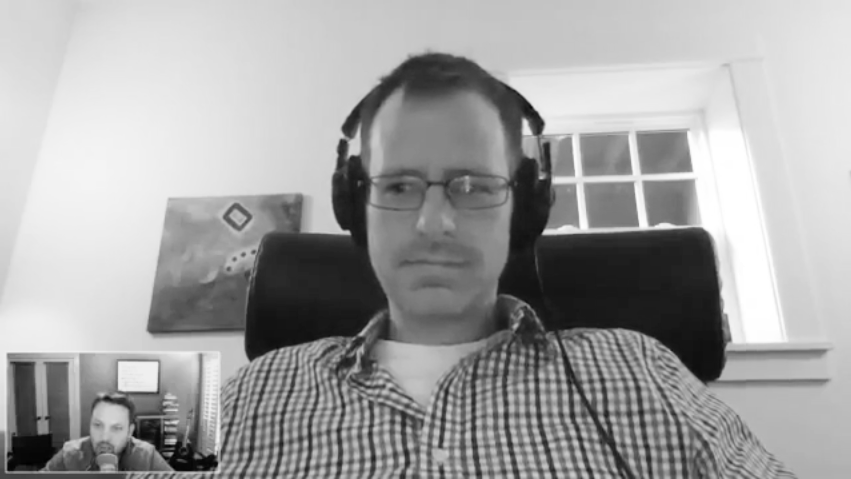 Interview № 1 of 24
Mike Perham
Interview № 1 of 24
Mike Perham
Mike Perham has successfully built a wildly profitable one-man business built on his open source efforts. We discuss what it’s like balancing the seemingly opposing forces of open source and a for-profit business, managing support for the open source version as well as paying customers, and how businesses are all-too-willing to pay for things that provide value or help them save time.
 Be Fully-prepared to Launch Your Own SaaS Application
Be Fully-prepared to Launch Your Own SaaS Application
Get a free playbook, worksheet, and short email course to help you navigate the journey so you can be ready to build your own SaaS application.